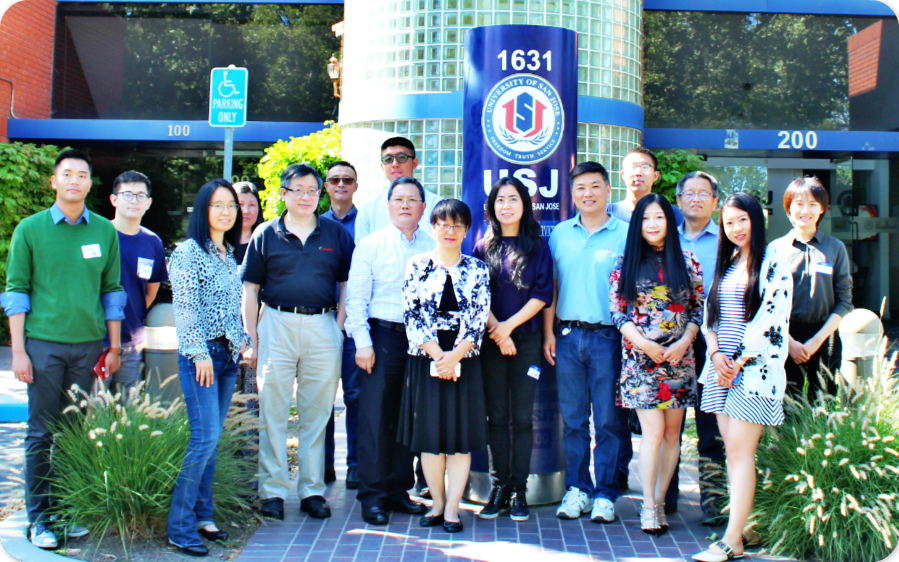
[Editor’s note: TEEC Silicon Valley Symposium is a regular member exchange event of TEEC, mainly through special lectures, roundtable discussions, etc., to exchange members’ entrepreneurial experience, share members’ business ideas, realize smart sharing and enhance membership. The cooperation and friendship between the two reflect the “being helped, helping each other and helping others” association spirit. The theme of this symposium is “AI and Education Development”, which focuses on the development of AI technology and its impact on education, the development and changes of the education service industry, and the investment experience of related AI and education. The event was hosted by USJ (University of San Jose), founded by TEEC’s US member Dr. Wang Yun, and also supported by TEEC members]
On June 23, 2019, the “AI and Education Development” Silicon Valley Symposium hosted by TEEC and the USJ was successfully held. TEEC East America Chairman Li Jun gave a speech at the opening ceremony. Six members including Dr. Jiayuan Fang, Dr. Qiang Wan, Dr. Yun Wang, Dr. Carl Wang, and invited experts Dr. Xin Ai and Dr. Jessie Jiang shared their seminars.
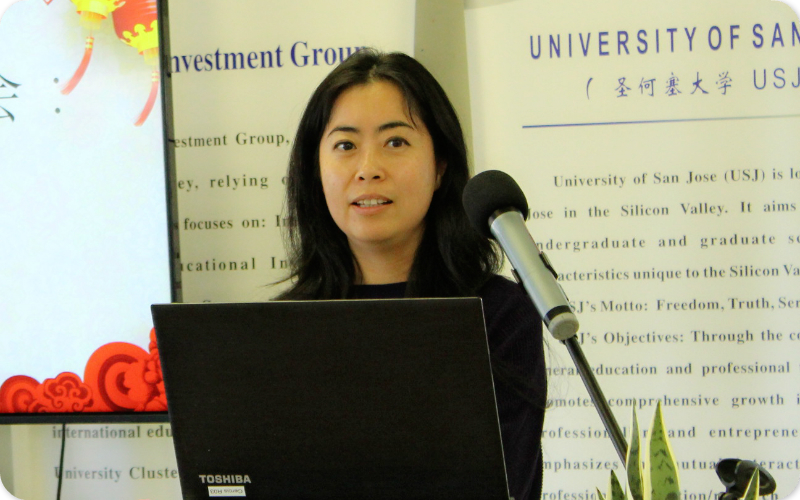
Dr. Jiayuan Fang: “AI technology to improve the efficiency of learning”.
AI, also known as artificial intelligence, intellectual equipment, refers to the intelligence expressed by machines made by humans. AI systems generally include the following specific capabilities: deduction, reasoning and problem solving, knowledge representation, planning, learning, natural language processing, motion and control, perception, social, and creativity. The concept of AI was proposed as early as 1955, and it has only been widely concerned and applied in recent years. The call for “the era of the Internet is about to be replaced by the AI era” is getting higher and higher, and it will eventually become the next lever to incite all industries.
The education industry has three main players, namely educational institutions, teachers and students. Educational institutions and teachers can be considered educational resources. The nature of education and the traditional mode of teaching determine that the education industry is characterized by high resource costs, low efficiency, and homogenization of educational content. The integration of AI technology into education has a considerable role in promoting resource costs, improving efficiency, and achieving personalized counseling. At the same time, from the perspective of social macro and long-term perspectives, the establishment of a science and technology-led education system can solve social problems such as uneven distribution of social education resources, unfair education, and the realization of popularization of education.
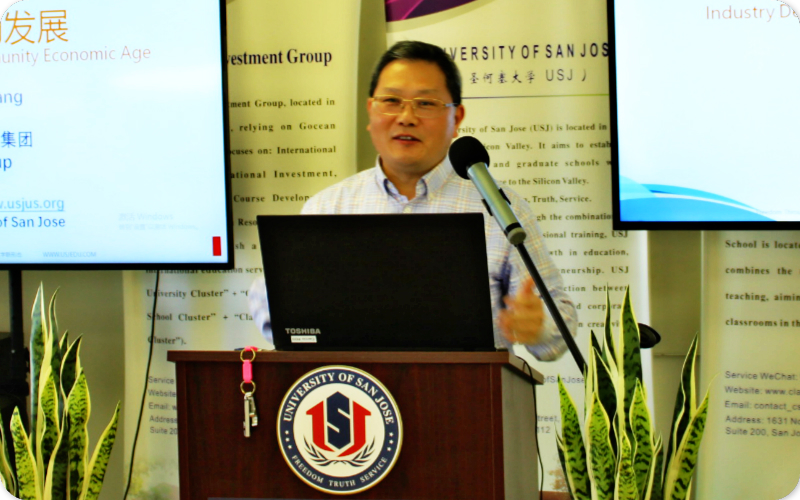
Dr. Yun Wang: “The era of educational community has arrived”
Integrating AI into the education industry helps educate and learn about the development of the community economy. The social economy refers to the Internet era. A group of users with common interests, cognitions, and values spontaneously concentrate, interact, communicate, collaborate, and infect, and have a value relationship with the product brand itself. Self-circulating range economic system. One of the characteristics of the social economy is emotional connection. The community can establish emotional associations for a group of people with common values and similar interests, so that they can generate peer-to-peer cross infections, and can work together to generate superimposed energy, so as to create together. The emergence of value. AI technology provides a community learning space for education, enabling students to engage in interactive learning and discussion on virtual platforms. Traditional learning interactions are based on geography, that is, students in the same school and in the same area can have the opportunity to get together to study and discuss. The AI technology promotes the development of the virtual learning community, which breaks the space limitation and provides an excellent opportunity for more students from different regions and with different cultural backgrounds to learn and exchange ideas together.
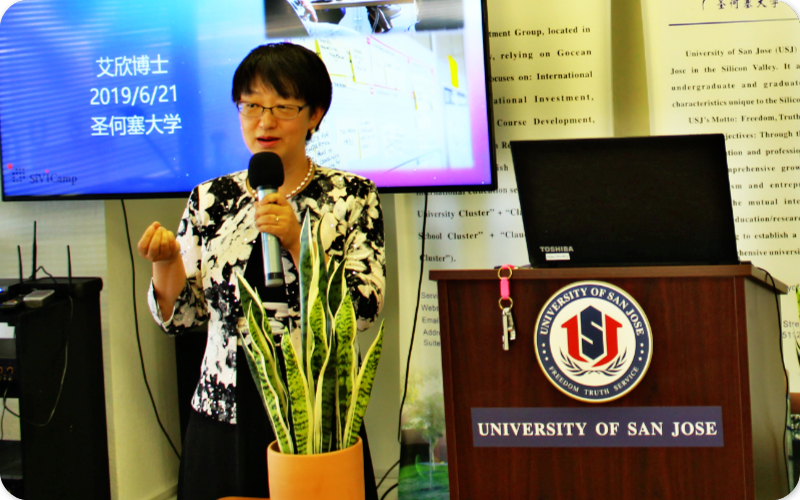
Dr. Xin Ai: “Rely on AI to realize the design of thinking”
AI can promote the development of innovative education. The design of thinking is a complicated teaching process, which deserves our serious study and thinking. Stanford D School’s “Design Thinking” course provides a theoretical framework for implementation and a practical guide to thinking. The methods and theories of “design thinking” are used in many specific projects, such as product design, investment analysis, teaching method design, etc. These cross-border applications are currently emerging.
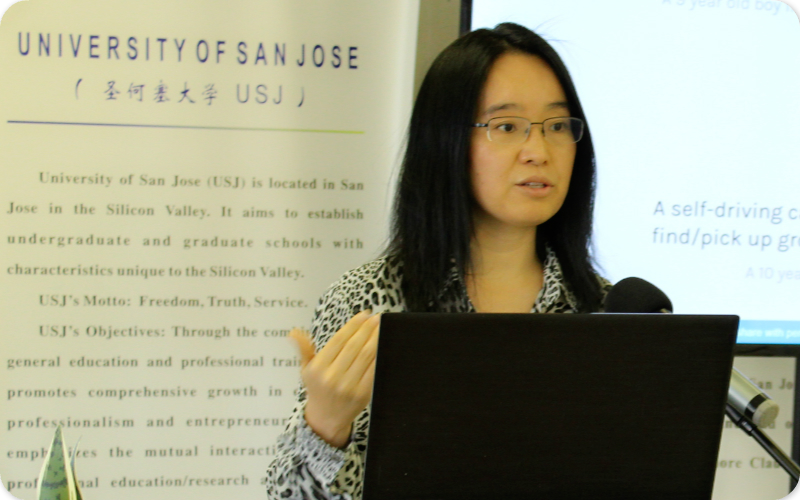
Dr. Jessie Jiang: “Breaking traditional teaching barriers and establishing a multi-teaching and learning model”
The traditional educational procedures mainly include three parts: teaching-practice-assessment. Completing a set of processes often requires a lot of time, especially in the assessment of teaching results. On the one hand, due to the need for manual review and assessment, teachers have a long feedback process on the assessment results; on the other hand, the purpose of education is to enable students to truly master the knowledge and skills, and in the current education model, the assessment results are generally regarded as the final link. In the teaching system, there is no improvement in response to the knowledge and skills that students do not have. After incorporating AI technology into the teaching process, students can learn, practice, and participate in the assessment of learning outcomes online. The advantage is that, first, the teaching system can customize personalized counseling according to the student’s learning foundation; second, the learning result feedback process is rapid, precise and comprehensive; third, students can have more diverse choices for teacher resources; After the results of the assessment are analyzed by the intelligent system, the weak knowledge points of the students are once again included in the next round of teaching, so that the students will fully grasp all the knowledge. In this way, the learning efficiency of students is fully improved, the cost of learning is effectively reduced, and the personalized counseling program also enables the educational goals to be better realized.
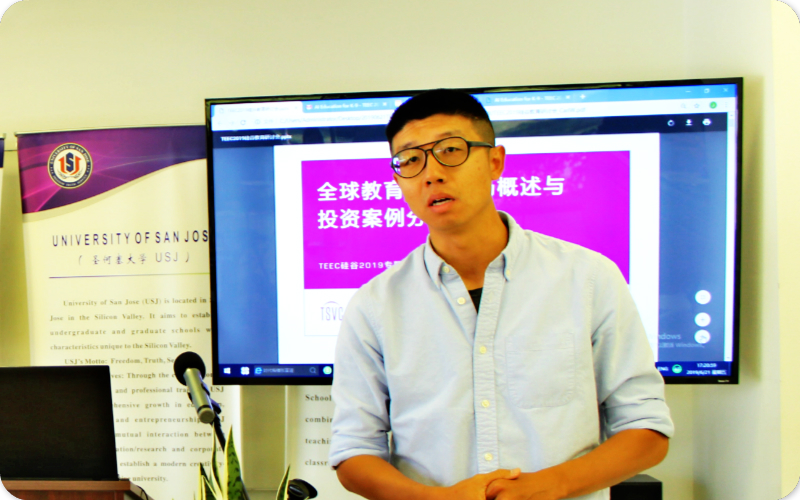
Dr. Carl Wang: “The education services industry can achieve model innovation”
Education service industry should achieve model innovation. We are currently investing in an education service program whose main model is “free learning, students get jobs after they have completed their studies and then pay tuition fees”. This is actually an innovation in the educational model.
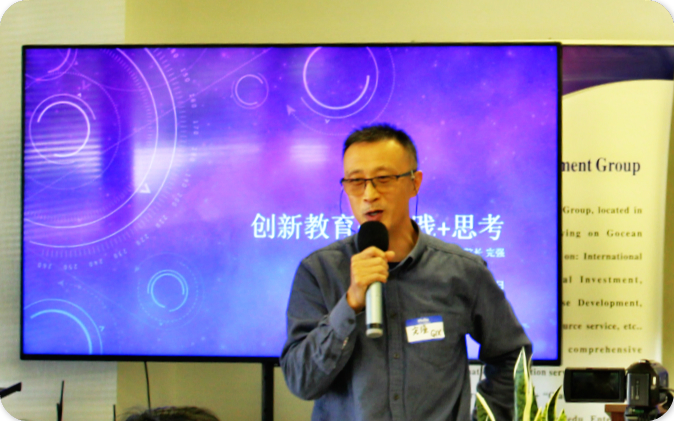
Qiang Wan: the realization of innovative education, we still have a long way to go.
Qiang Wan shared the experience of the GIX project. There is still a long way to go for the realization of innovative education. In particular, international education cooperation faces many conflicts of institutional mechanisms. This requires long-term trials and continuous improvement.
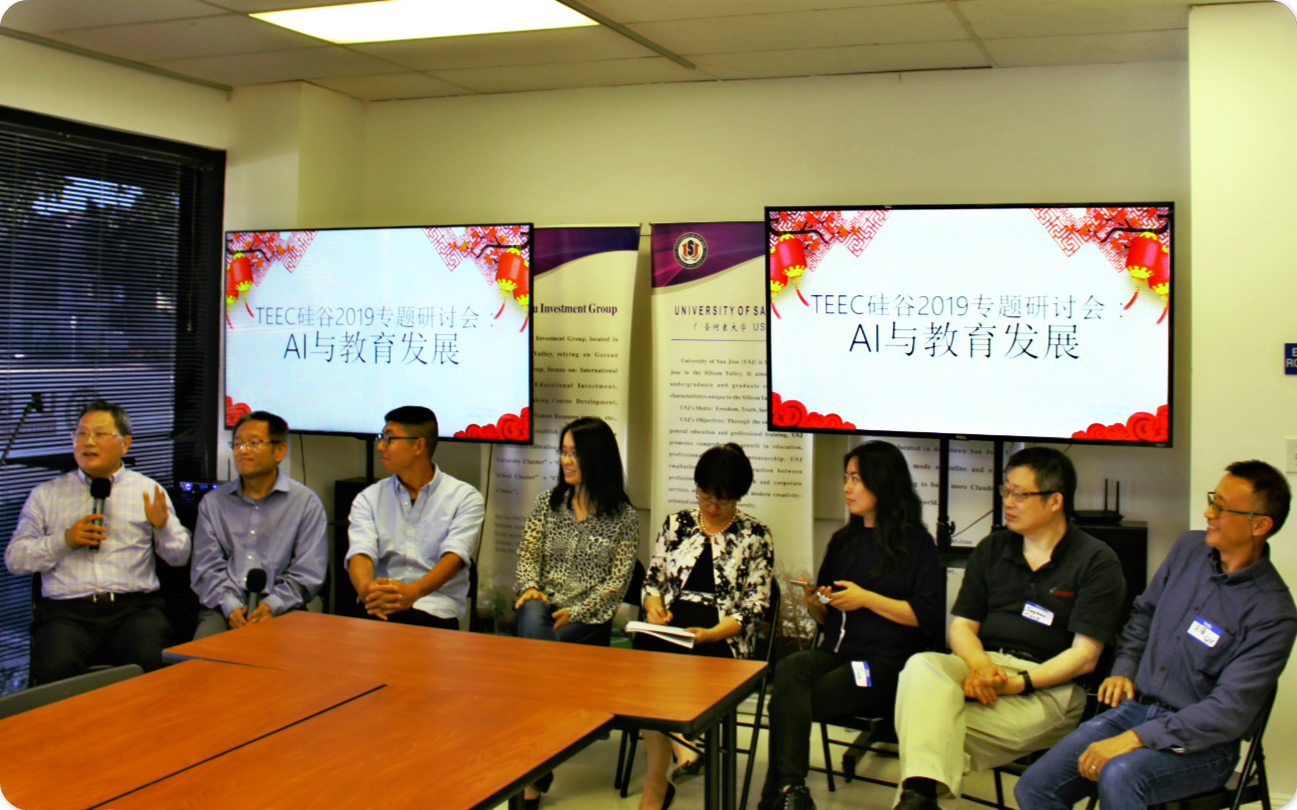
Roundtable Discussion: The Future of AI+ Education, Controversy and Opportunity
At the end of the seminar, the experts and the guests participated in the vision of the future of AI and education development, and discussed the debates and development opportunities. At present, the biggest controversy or deficiency in the inclusion of AI in education is that the emotional participation of artificial intelligence is not high. For example, in the process of online education, students’ learning thinking, learning motivation, and motivation have not been able to achieve higher emotional participation of teachers and students for students in face-to-face mode. However, the development prospects of AI and education are still not to be underestimated. As mentioned earlier, the combination of AI and education will provide more possibilities for the development of individuals, families and society as a whole in the future in terms of improving the quality of teaching, efficiency, reducing teaching capital, and achieving educational fairness and popularization. With room for improvement.
